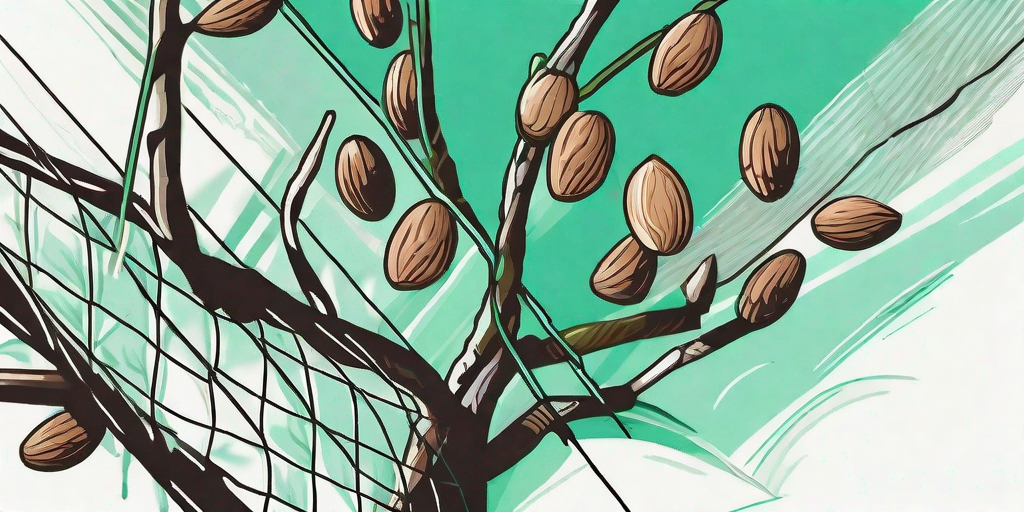
Welcome to the world of almonds, where the nuts are crunchy, the trees are beautiful, and the harvesting process is... well, a bit nutty. But don't worry, we're here to guide you through the process, from tree to table, with a dash of humor and a sprinkle of cheekiness. So, put on your gardening gloves, grab your nutcracker, and let's dive in!
The Almond: A Nutty Introduction
First things first, let's get to know our subject a little better. The almond is not just a nut; it's a seed, a fruit, and a tree. It's also a bit of a diva, requiring just the right conditions to grow and produce its delicious bounty. But don't let that intimidate you. With the right knowledge and a little patience, you too can become an almond whisperer.
Native to the Mediterranean and Middle East, the almond tree is a member of the Rosaceae family, which also includes roses, cherries, and peaches. It's a deciduous tree, meaning it loses its leaves in the fall, but not before putting on a spectacular show of pink and white blossoms in the spring. And it's these blossoms that eventually become almonds.
The Almond Lifecycle: From Blossom to Nut
Understanding the almond's lifecycle is key to successful harvesting. It all starts with the blossoms. In the spring, the almond tree is covered in beautiful pink and white flowers. These flowers are pollinated by bees, and once pollinated, they begin to develop into almonds.
The almonds grow inside a hard shell, which is protected by a green, fuzzy hull. As the summer progresses, the hulls begin to split open, revealing the hard shell inside. This is your cue that the almonds are ready to be harvested.
The Harvesting Process
Harvesting almonds is a two-step process. First, you need to knock the almonds from the tree. This is typically done by shaking the tree or hitting the branches with a long pole. The almonds will fall to the ground, where they can be collected.
Next, you need to remove the hulls and shells. The hulls can be easily removed by hand, but the shells require a bit more force. A nutcracker or a hammer can be used to crack the shells and reveal the almonds inside.
Storing Your Almonds
Once you've harvested your almonds, it's important to store them properly to maintain their freshness. Almonds should be stored in a cool, dry place, away from strong odors. They can be stored in their shells for up to a year, or shelled and stored in an airtight container for up to three months.
For longer storage, almonds can be frozen. Simply place the shelled almonds in a freezer-safe container and they can be stored for up to two years. Just remember to thaw them before using.
Almond FAQs
When is the best time to harvest almonds?
The best time to harvest almonds is in late summer or early fall, when the hulls have split open and the shells are dry and brown.
How do I know if my almonds are ready to harvest?
Your almonds are ready to harvest when the hulls have split open and the shells are dry and brown. You can also test an almond by cracking it open. If the nut inside is firm and crunchy, it's ready to harvest.
Can I eat the almonds right after harvesting?
Yes, you can eat the almonds right after harvesting, but they may be a bit bitter. For the best flavor, it's recommended to dry the almonds for a few days before eating.
Almond Fun Facts
Now that we've covered the basics of almond harvesting, let's wrap up with a few fun facts. Did you know that almonds are one of the oldest cultivated nut crops, with evidence of their cultivation dating back to 3000 BC? Or that California produces more than 80% of the world's almonds? Or that it takes one gallon of water to grow a single almond? Talk about a thirsty nut!
So there you have it, a beginner's guide to harvesting almonds like a pro. With a bit of patience, a dash of humor, and this handy guide, you'll be cracking the nut in no time. Happy harvesting!











